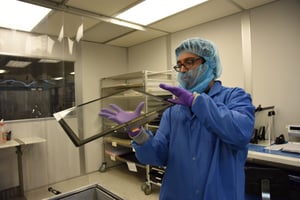We specialize in getting the details right.
For more than 50 years, Aydin Displays has designed and built ruggedized displays to meet your most critical mil spec environments in airborne, shipboard, and ground mobile markets.Products
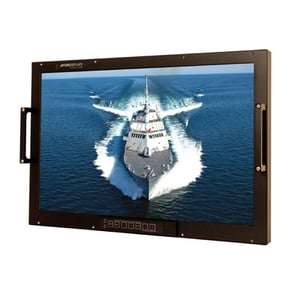
Aydin Displays provides Ruggedized Naval Displays that are designed for some of the harshest conditions in defense & military scenarios for surface and sub-surface applications.
Learn More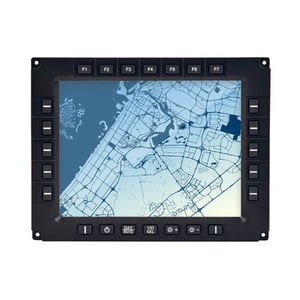
Aydin Displays provides Ruggedized Ground Displays that are designed for some of the harshest conditions in defense & military scenarios for combat, logistics and military vehicles and ground operations.
Learn More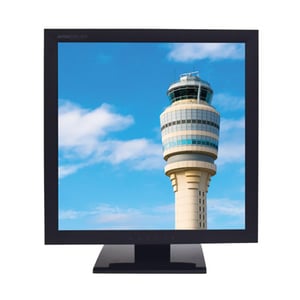
Aydin Displays understands the unique needs of the air traffic control industry. We’ve designed a number of displays with a long life cycle, demanding image fidelity and compliance in mind.
Learn More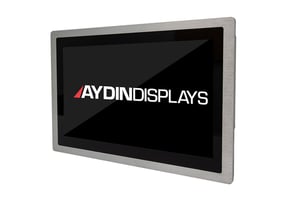
Reliability In Hostile Industrial Applications in the tough conditions of factories, machinery and field equipment, displays need to last. We test and retest each display to handle any number of situations and put up with almost any harsh condition.
Learn More









